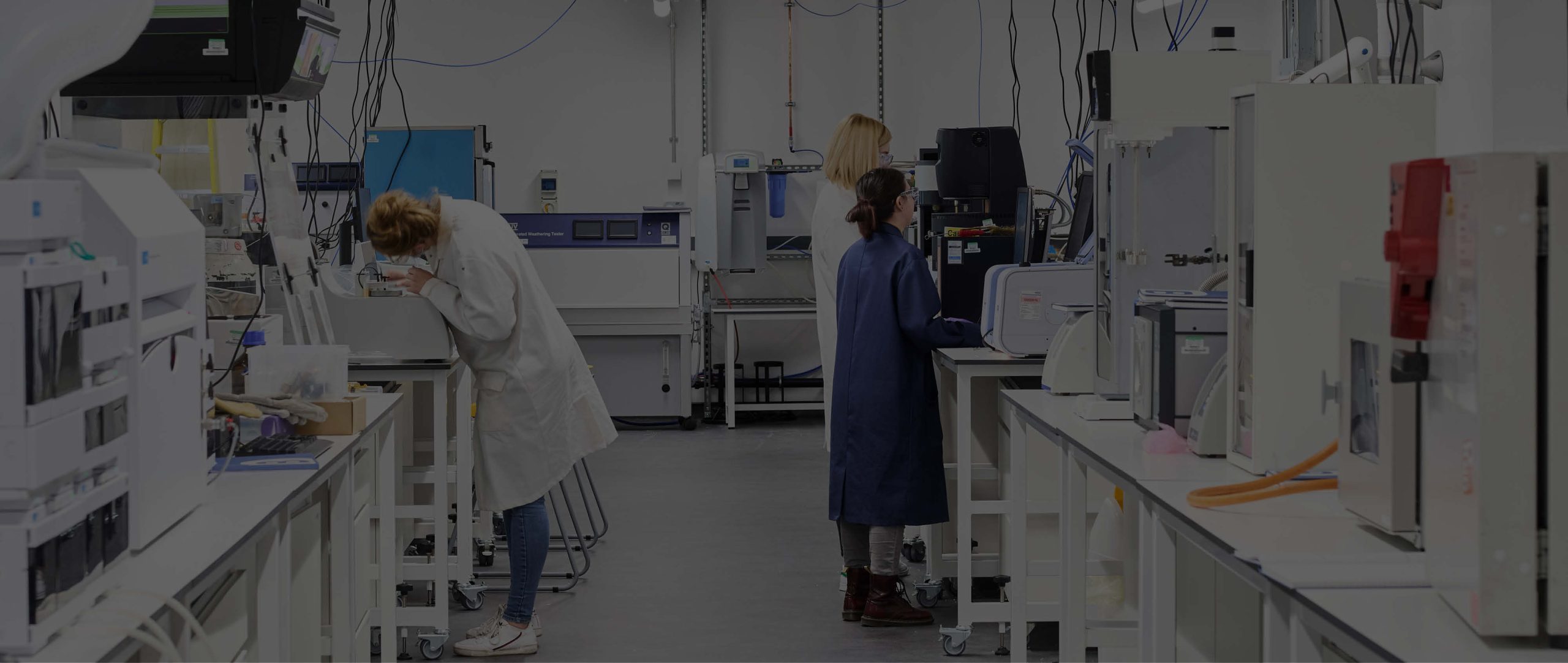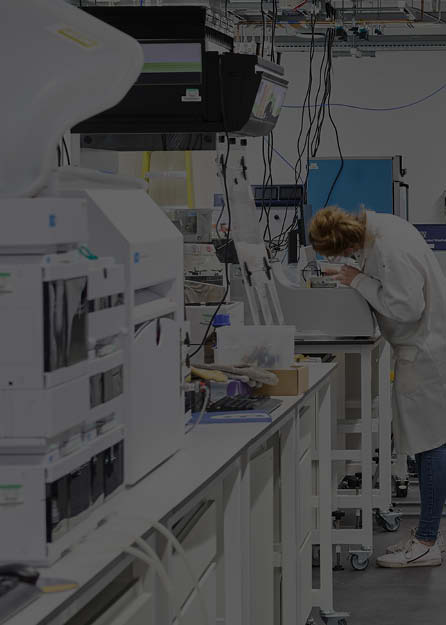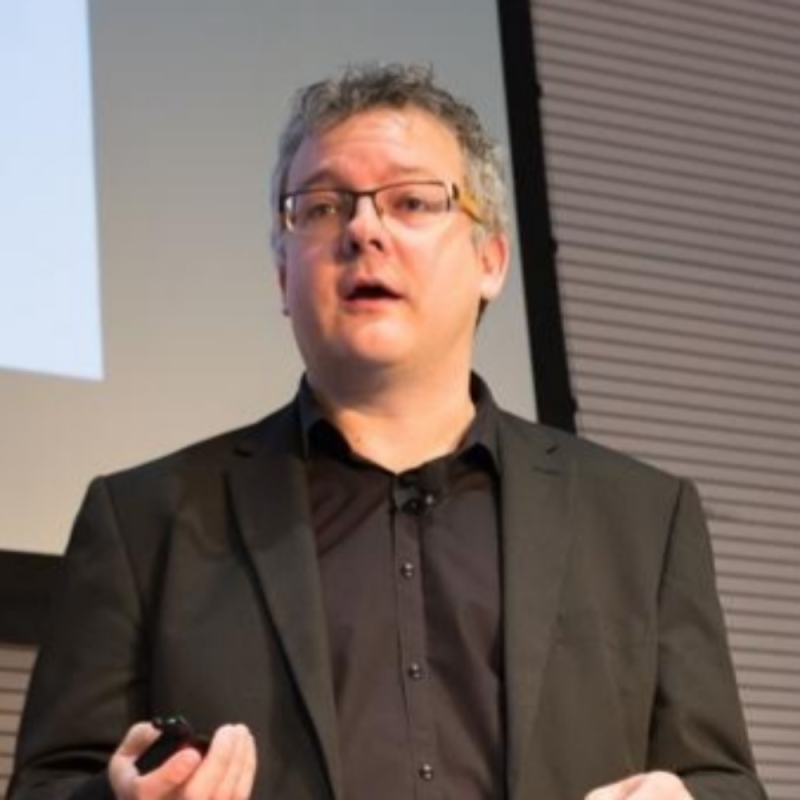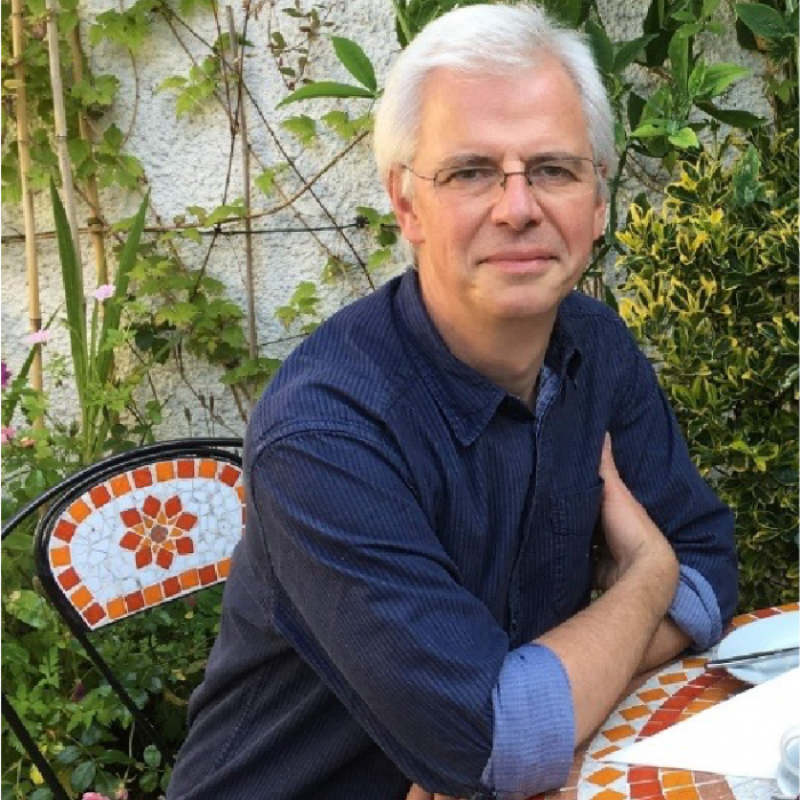Technology Platforms
Royce Technology Platforms are groupings of cutting-edge facilities and expertise. Each Platform has a Technology Platform Lead responsible for developing and enhancing the facilities and supporting related research activities which utilise Royce Equipment
Fuels & Irradiated Materials Analysis
This platform houses state-of-the-art active equipment for the manufacture, testing and post-irradiation characterisation of α, β and γ active nuclear materials to support current nuclear power generation.
Irradiation Environments
This platform is focused on understanding of the complex interactions between ionising radiation and materials or processes. To enable this research, the facility houses large-scale sources of ionising radiation and a range of material modification, characterisation, and analytical equipment.
Materials & Thermal Treatment for Radioactive Waste Management
This platforms facilitates radiological thermal conditioning processes, the development of advanced and novel ceramic, glass and cementitious wasteform materials and provide unique characterisation capability for α and β-loaded radioactive waste simulants, allowing for detailed structural post-irradiation examination.
Non Actinide Irradiated Materials
The Non Actinide Irradiated Materials Handling, Characterisation and Testing Platform facilitates preparation, characterisation and testing of β/γ radioactive materials. It bridges the gap between low activity university facilities and the high activity licensed nuclear sites.
Irradiated Materials, Fuels & Actinides
This platforms enables post-irradiation characterisation of α, β and γ highly active nuclear material using remote handling techniques, providing capability to size reduce, prepare and characterise irradiated material using optical microscopy, SEM, Raman Spectroscopy and small-scale mechanical testing.























